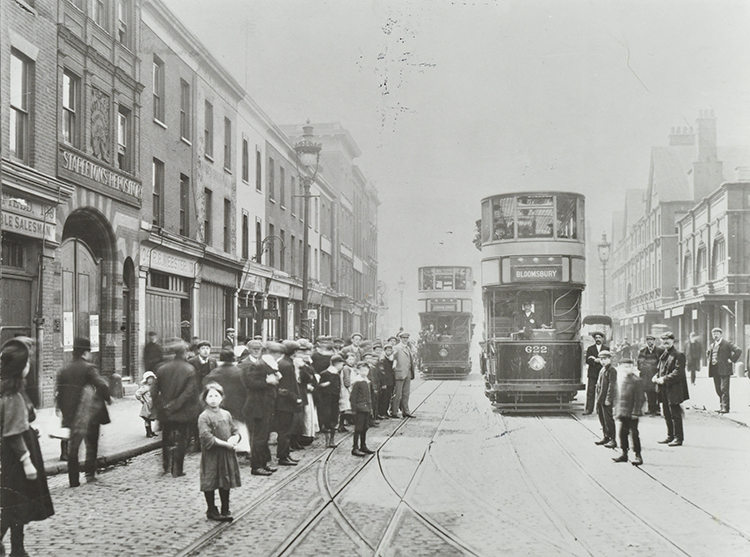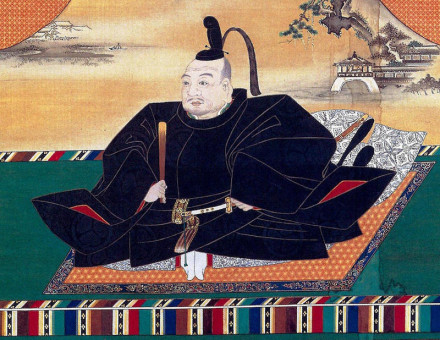London’s Border Country
From a priory hospital in the fields, to the Huguenots, Jack the Ripper and the Kray twins, Spitalfields has always been considered a place apart

Spitalfields has always been London’s border country, a constellation of streets that has felt like a place apart. The name ‘Spitalfields’ was inspired by the Priory of St Mary (founded in 1197), which looked after the sick. Thus it means the ‘hospital in the fields’. In the 16th century, when the name ‘Spitalfields’ started to be employed, it was on London’s eastern frontier. Spitalfields is, however, as much a state of mind as a defined space, taking in parts of Bethnal Green and Whitechapel.
Dan Cruickshank has long been a resident of Elder Street in Spitalfields. In this elaborate chronicle of the district’s past, he takes us on a historical tour that runs from the Romans to Tracy Emin (one of many artistic figures who have made Spitalfields their home over the years). Cruickshank demonstrates a strong feel for the local topography: its workplaces, shops, pubs and houses. He even takes us into his own home, whose architectural touches are lovingly explored. He is clearly moved by the experiences of the generations of those who have lived in Elder Street before him.
Spitalfields became a place for exiles and dissenters, including an enemy of the Reformation, Doña Luisa de Carvajal y Mendoza, one of a number of local residents whose lives are probed in depth by Cruickshank. In 1611 she dared to run her own secret nunnery in Spitalfields, while also digging up the bodies of Catholic martyrs for relics. In the later 17th century, the area became associated with two things: Huguenots and silk. Huguenots were French Protestants who fled persecution by Louis XIV in the 1680s. They were drawn to Spitalfields for its proximity to a French Protestant church in the City. Like the Quakers, who also lived there, Huguenots were a people apart, treasuring their own community and values. They became associated with producing silk and beautiful objects made of gold and silver, feeding the growing taste for luxury. Silk produced a property boom in the area, leading to the glorious houses of Georgian Spitalfields.
Even in the 18th century, Spitalfields’ silk weavers were heavily organised, eager to protect their trade. In 1719 they rioted when the popularity of cheap, Indian-made calico threatened to undermine their livelihood. The area was long associated with political radicalism. In the 1790s many members of the London Corresponding Society (supporters of Tom Paine and universal suffrage) hailed from Spitalfields. Weavers were distinguished by their powerful cultural life, which included a passion for flower growing, another form of beauty they created alongside their precious silks. The decline of the silk industry plunged Spitalfields into poverty in the 19th century and it became associated with some of the worst slums in London.
The Jack the Ripper murders close by in Whitechapel exposed the horrors of the East End. Flower and Dean Street was one of the most notorious ‘rookeries’, meaning that it was seen as a breeding ground of crime. Cruickshank, however, is dismissive of commentators such as Jack London and Arthur Morrison, author of the novel A Child of the Jago (1896), set in Spitalfields. In his view, they wrote what we now call ‘poverty porn’, highlighting real distress but ignoring the complexity of the area, including parts that were relatively well off. By the time they wrote, many of the worst slums had been cleaned up. They were responsible for creating the myth of the East End as a place of fear.
Cruickshank’s account of the period since 1900 is brief. He describes how Spitalfields remained linked to crime and the Kray twins in the 1960s, but also how it attracted figures such as Dennis Severs, who turned 18 Folgate Street into an art installation that celebrated the Huguenot past. At 750 pages, the book could have had a sterner editor, but this is very much a love letter to a distinctive part of London that has always retained its own personality. There is an elegiac feel to it. Cruickshank is angered that the character of the area is now being challenged by property developers. If his book helps ensure Spitalfields retains its cultural vitality and dissenting reputation, it will have provided an important service.
Spitalfields: The History of a Nation in a Handful of Streets
Dan Cruickshank
Random House 784pp £25
Rohan McWilliam is Professor of Modern British History at Anglia Ruskin University and is writing a history of the West End of London.




